Optimal Timing for Foundation Repairs
Foundation repairs are essential for maintaining the structural integrity of a building. Timing plays a critical role in ensuring effective repairs and minimizing future issues. Understanding seasonal and environmental factors can help determine the optimal time for foundation work.
Spring offers moderate temperatures and stable moisture levels, making it suitable for foundation repairs. Soil conditions are generally favorable for excavation and stabilization work.
While summer provides longer daylight hours, high temperatures and dry soil can complicate foundation repair projects. Planning during cooler parts of the day is advisable.
Fall typically presents cooler temperatures and increased moisture, which can aid in soil settling. However, early frost can delay certain repair activities.
Winter is generally less ideal due to frozen ground and potential weather disruptions. Repairs during this season may require additional precautions.

A typical foundation repair involves assessment, excavation, stabilization, and reinforcement.
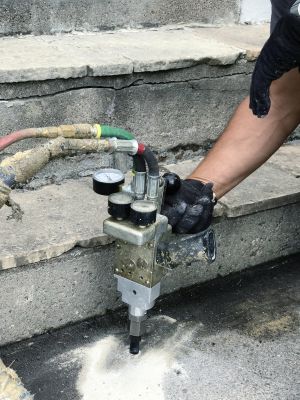
Methods like mudjacking and piering are used to lift and stabilize foundations effectively.

Cracks, uneven floors, and sticking doors are common indicators of foundation issues.

Advanced machinery ensures precise and efficient repair work.
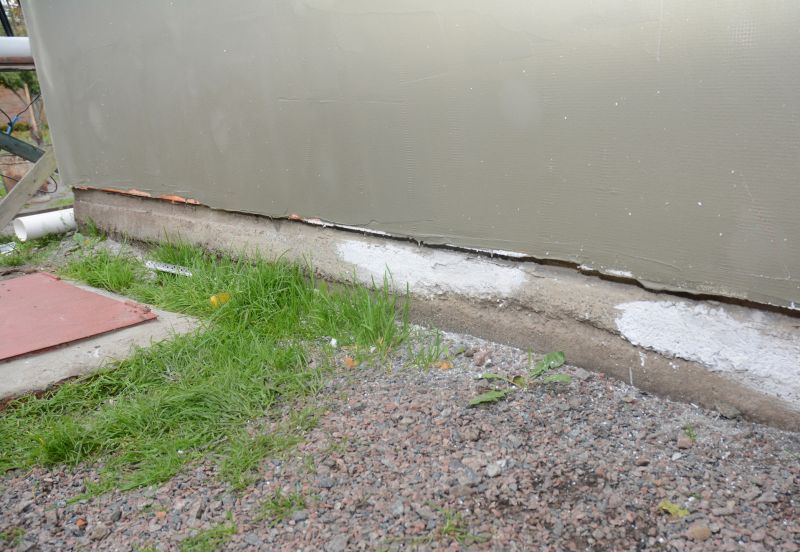
Ways to make Foundation Repairs work in tight or awkward layouts.
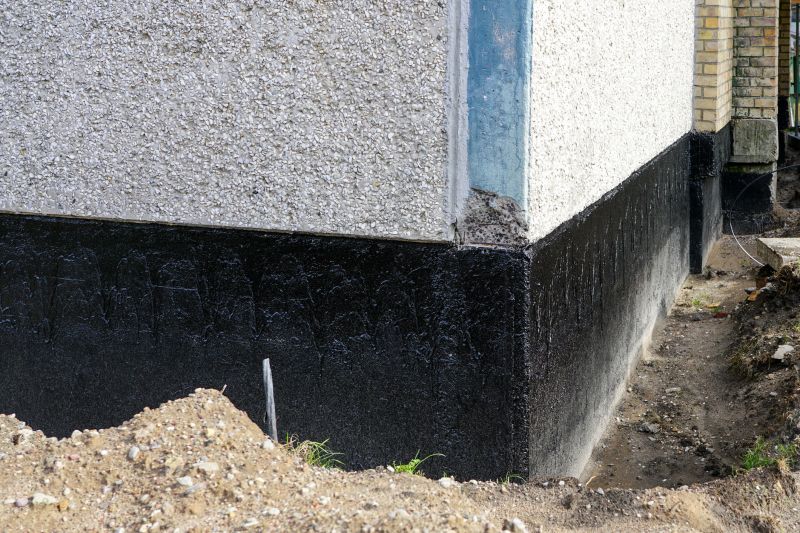
Popular materials for Foundation Repairs and why they hold up over time.
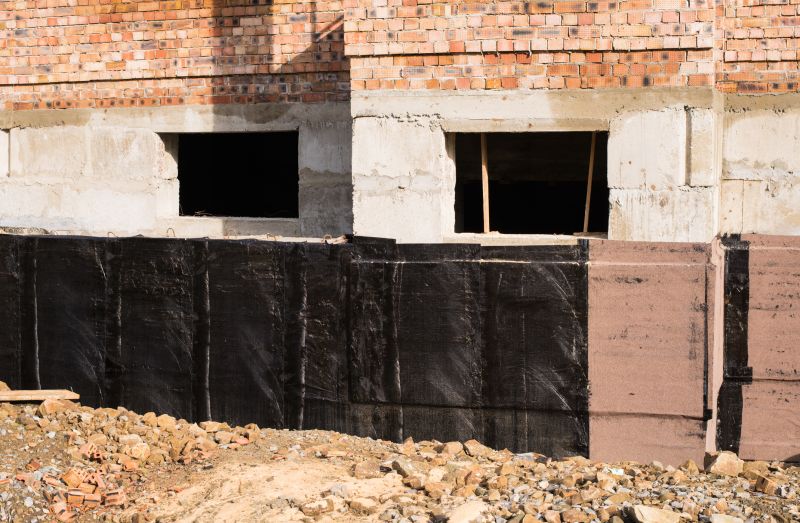
Simple add-ons that improve Foundation Repairs without blowing the budget.
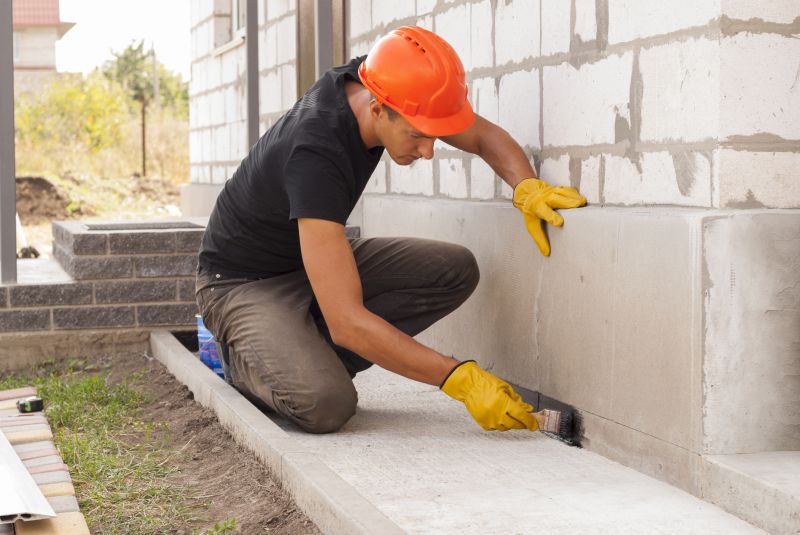
High-end options that actually feel worth it for Foundation Repairs.
| Season | Ideal Conditions |
|---|---|
| Spring | Moderate temperatures, stable moisture levels |
| Summer | Long daylight hours, potential heat stress |
| Fall | Cooler temperatures, increased moisture |
| Winter | Frozen ground, weather disruptions |
Foundation repairs are vital for the safety and longevity of a structure. Proper timing ensures that repairs are effective and durable. Seasonal conditions influence soil behavior, which directly impacts the success of foundation stabilization efforts. Planning repairs during optimal weather conditions can reduce costs and improve outcomes.
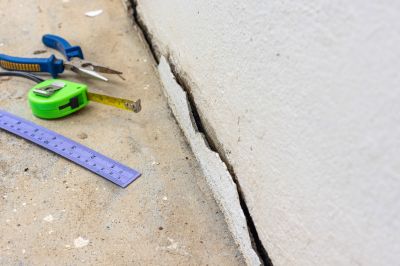
Cracks can indicate shifting or settling and require prompt attention.

Piering involves installing supports to lift and stabilize the foundation.

Soil analysis helps determine the best repair approach and timing.

Reinforcing the foundation prevents further damage and maintains stability.
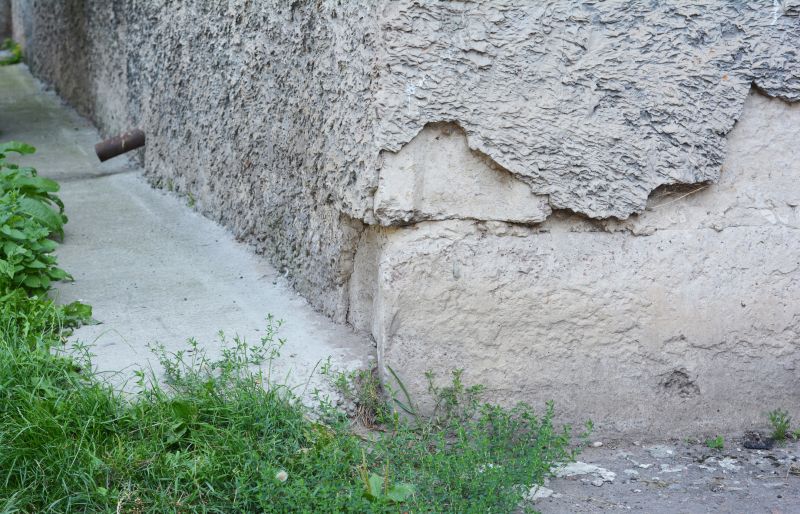
Finishes and colors that play nicely with Foundation Repairs.
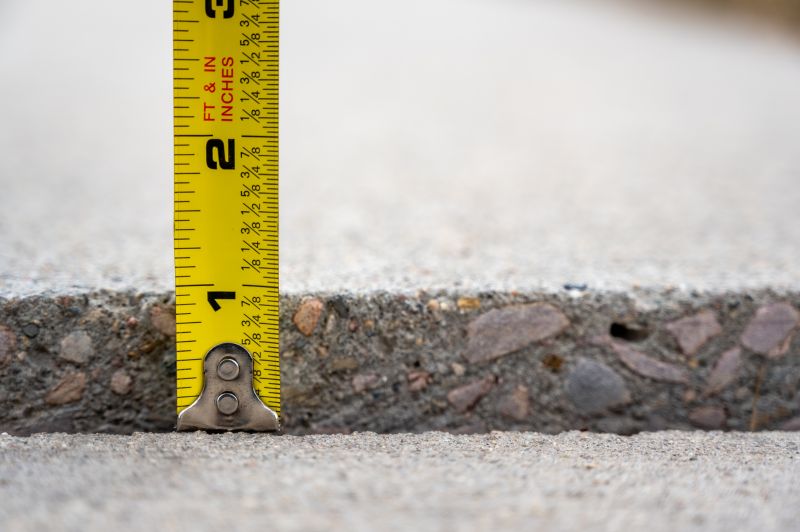
Little measurements that prevent headaches on Foundation Repairs day.
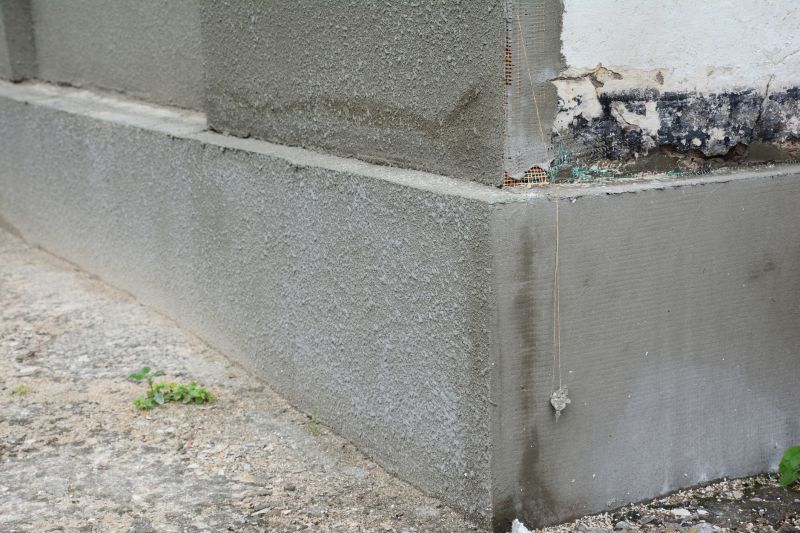
A 60-second routine that keeps Foundation Repairs looking new.

A frequent mistake in Foundation Repairs and how to dodge it.
Timely foundation repairs can prevent extensive damage and costly future repairs. It is advisable to schedule assessments and repairs during seasons with stable ground conditions. Consulting with foundation specialists can help identify the best time for specific repair needs based on local climate patterns.
Interested in foundation repair services? Fill out the contact form to discuss options and schedule an assessment.




